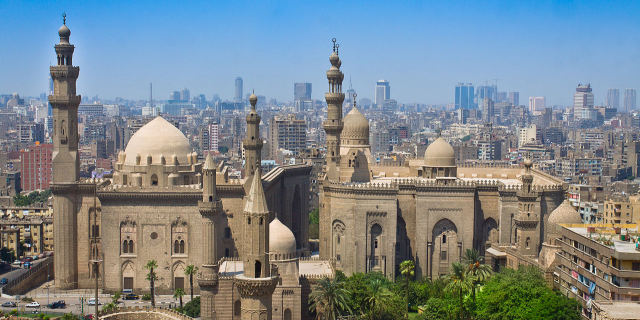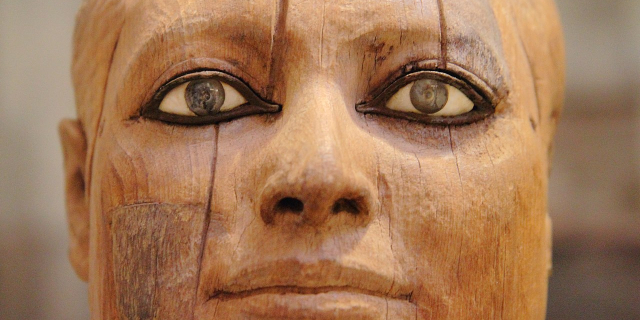قصر البارون إمبان
( Baron Empain Palace )The Baron Empain Palace (Arabic: قصر البارون إمبان, "Qasr el Baron Emban"), also known as Le Palais Hindou (lit. 'The Hindu Palace'), is a distinctive and historic Hindu temple-inspired mansion in Heliopolis, a suburb northeast of central Cairo, Egypt. It was founded in 1905 by Édouard Empain, a Belgian businessman who was awarded the title of "Baron" by the King of Belgium due to his contribution to the Paris Metro and tramway lines connecting Belgium, Northern France, and the Netherlands.
In 1904, Baron Édouard Empain came to Egypt with the intention of expanding his empire and creating more railway lines to connect Egypt.[1] By 1906, the Baron hired a French architect named Ernest Jaspar to help create a unique aesthetic in the suburbs of Heliopolis dubbed the "Heliopolis style."[2] Including aspects of Persian elements to neoclassical European aspects, the newly established city of Heliopolis would become a cultural center of Egypt attracting people from all over the world. Hospitals, restaurants, banks, and stores among other created infrastructure and establishments also contributed to the allure of the newly founded Heliopolis. The Baron also held an exclusive event at his palace to celebrate its completion.
The Hindu temple housed Baron Empain as well as his wife, two sons, and an alleged daughter. According to widely spread rumors, the Baron's daughter is said to have suffered from some kind of medical or mental condition that required her to be hidden from the outside world, as these qualities in a child were greatly frowned upon.[2] Other legends surrounding the family imply that either the daughter or the Baron's wife committed suicide inside the palace, which would later contribute to the belief that the Hindu Palace was haunted and inspire the ghost tourism being labeled a national monument.[3]
Later historyAfter the Baron's death in 1929 and the 1952 coup that took place in Egypt, the palace was left abandoned. Decades later, in the 1990s, there was social revolution against many conservative values of Islam and young people began to trespass and vandalize the palace. They were mostly doing drugs and throwing parties in a counter culture; however, the conservative backlash would insist these young adults were practicing Satanism based on previous rumors of the past and a prejudice against nontraditional values.[2]
The palace was acquired by the Egyptian government in 2005 on the occasion of the centenary of Heliopolis and it was classified as a "historical monument" by the Supreme Council of Egyptian Antiquities in March 2007. In 2012, an agreement was signed with the Belgian government to jointly restore the building and turn it into an international art and cultural center. According to Egyptian Minister of Antiquities, Khaled al-Anany, preparations for the first phase of the building's renovation began at the end of November 2016.[4]





























Add new comment